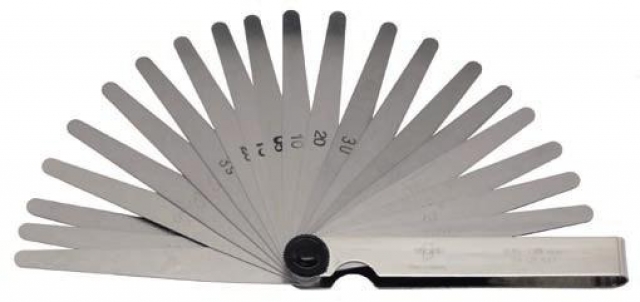DidierKlein 729
Hi,
How old is your printer? Do you have an old firmware? There was an issue with one firmware with bed levelling maybe this is the cause? I would advise to update to the latest firmware if ou didn't update it recently.
Normally your bed should not be relevelled every time, i leave mine for several weeks and i have no problems. Also make sure that the springs are not too loose when you level the bed











Recommended Posts
JATMN 6
Some tips for leveling..
When leveling the print bed.. pre-heat the bed to the temperature you would normally print at and let it stay there for a couple minutes to let the metal and glass do whatever expanding or warping it might do.. Then start your leveling processes..
As for how high to level the printer this really depends on the layer height your trying to print at.. the Ultimaker Card should be fine for .2 prints and probably .15 prints but doing .15 and down I would recommend using the paper.
Also another tip.. when running prints set some brims that are off set from the print a little bit (not touching it) and print like 2-6 brims (pending how big the print is) and watch it as its printing each brim and you can quickly make slight adjustments to the knobs under the bed while its going around to get the right levels that your happy with all the way around the bed before it moves in a step and starts the real print.
Link to post
Share on other sites